
by Mark Smiley | Apr 28, 2017 | Editorials

There has perhaps never been as contentious administrative law case as that brought by Matt Arnold’s Campaign Integrity Watchdog against Colorado Pioneer Action for campaign finance
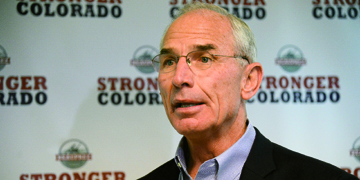
violations. Pioneer Action is run by former Congressman Bob Beauprez best known by the sobriquet “Both Ways Bob” for always trying to appear to support both sides of any political argument.
Beauprez set up Pioneer Action as a 501(c)(4) social welfare nonprofit which raised almost $700,000 in money for political races in 2016. He gave the money to an independent expenditure committee he also set up called Colorado Right Now (CRN) which engaged in an incredibly dirty tricks operation largely against highly conservative Republicans in primaries for the State Legislature. Beauprez backs business friendly moderate Republicans as opposed to what he sees as nasty movement conservatives and Tea Party types.
Beauprez claimed that under Colorado campaign finance law he only needed to report that the Pioneer Action had given the $700,000 to the independent expenditure committee and not who had given Pioneer Action the money in the first place. He claimed it was a perfect “dark money” operation in which no one would ever know who funds him. But Administrative Law Judge Robert Spencer found that Pioneer Action was itself a political committee and did have to disclose its donors. He fined Pioneer Action $17,000. Beauprez was lucky as Spencer could have levied the full $770,000 in fines.
But now comes the big question of will Beauprez finally have to disclose his true dark money sources? In a gubernatorial primary against Tom Tancredo in 2014 money was laundered for Beauprez for last-minute attack ads. First, the money was put through the Republicans Governors Association and then through the Republican Attorneys General Association to a Mitt Romney related political association in Colorado. Beauprez successfully avoided having to disclose who was behind that serpentine dark money scheme.
Beauprez has always been an empty suit and tool of more powerful people. Exactly who is pulling his strings has never been discovered, but perhaps now it will. Of course, this is just the beginning of the battle. Spencer’s ruling will be appealed all the way up the line. The $17,000 fine is just chump change for Beauprez’s backers. He has spent into six figures with his attorney Douglas Abbott of the highly expensive big blue-chip law firm Holland & Hart. Abbott and Holland & Hart undoubtedly came up with the dark money scheme in the first place.
In this litigation Matt Arnold has scored an incredible victory against overwhelming odds. It is truly a David versus Goliath matchup. Arnold is not an attorney yet he bested one of the best law firms in the state. Beauprez has millions at his disposal from people who will do anything to prevent from having to come out of the shadows.
There are two likely suspects for the dark money source behind Beauprez — Phil Anschutz or the Koch brothers. In January 2017, Reason Magazine released an out-of-the-blue attack piece against Matt Arnold by Nick Sibilla and John Kerr. Why would a national magazine come out against a highly parochial figure like Matt Arnold? Perhaps it is because Reason Magazine is funded by the Koch brothers. If they were the source behind Beauprez, they would have strong reason to dislike Arnold and want to stop his money inquiry.
At the same time Arnold came under attack from the Colorado Springs Gazette which reclusive Colorado billionaire Phil Anschutz is pouring money into as an alternative to The Denver Post. Incredibly, Arnold discovered that the dirt digging for the Pioneer Action/CRN political smear pieces were performed by none other than Dede Laugesen, the wife of the Gazette’s editorial page editor Wayne Laugesen and the newly hired Gazette political blogger Dan Njegomir.
When the Gazette’s editorial page was lambasting Arnold on behalf of Beauprez, and Njegomir was attacking Arnold in the Gazette’s ColoradoPolitics.com they failed to mention they were or had been on the payroll of Beauprez and Pioneer Action. Reporter Megan Schrader in a story in The Denver Post on April 4 said that this lack of disclosure “looks really bad.”
So who owns Bob Beauprez and the Colorado Republican establishment? Is it the Koch Brothers or Phil Anschutz? Of course, it could always be both in tandem.
If there is anyone in Colorado who will find out who the dark money source is, it will be watchdog Matt Arnold. It is not easy to fight alone against some of the richest and most powerful people in the state. Incredibly he seems to not be deterred. We can’t wait to see what he discovers next.
— Editorial Board

by Mark Smiley | Apr 28, 2017 | General Featured
by Ruthy Wexler
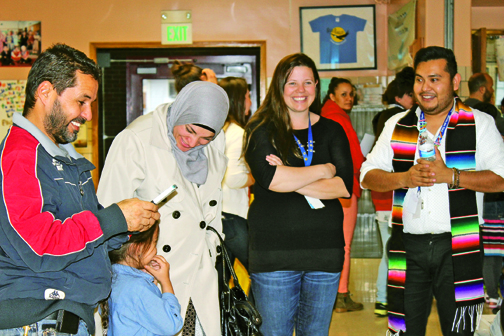 Residents of Virginia Village treasure the “back in time” feeling of their neighborhood, which was built in the 1950s. Ranch and split level-style homes, typical of that period, dot the quiet streets. There’s even a neighborhood school set back upon a wide lawn: Ellis Elementary.
Residents of Virginia Village treasure the “back in time” feeling of their neighborhood, which was built in the 1950s. Ranch and split level-style homes, typical of that period, dot the quiet streets. There’s even a neighborhood school set back upon a wide lawn: Ellis Elementary.
Ellis, however, is not typical of the 1950s.
While that decade was marked by conformity, roughly half the students at Ellis hail from countries other than the U.S.
In the 1950s, differences were kept under wraps. Not so at Ellis, where even as staff welcome newcomers to the American way of life, they encourage them to remember their own.
“We feel diversity is what made America strong. We know it is what makes Ellis stronger,” declares principal Nichole Whiteman, whose students hail from the nearby neighborhood — and from China, Mexico, Thailand, Ethiopia, Iraq, and a host of other far-flung places. “Our community is smarter, richer, more joyful and simply better because of our diversity,” Whiteman insists.
Some months ago, absorbing news of travel bans, Whiteman sat down with a few of her teachers and pondered how they could honor the school’s population. Ideas became a vision. Shortly thereafter — at 5:30 p.m. on March 22 — Ellis’s front doors opened to eager crowds. Ellis Elementary Celebrates our Diversity: A School without Borders Event had begun.
An Amazing Night
Ellis parent Mark Ginkel arrived in a kilt that bespoke his Irish ancestry. Baidan Alameri, in a fuchsia hijab, carried in a strawberry pink dessert. Other delicacies brought by parents — flan, magrud, kunata — made the cafeteria one of the evening’s most popular stops, beside the art exhibit, the Family Portraits and the resource fair, complete with immigration attorneys, healthcare workers 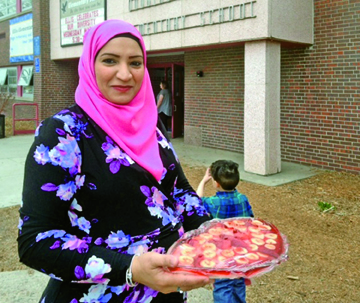 and representatives from the Denver Art Museum.
and representatives from the Denver Art Museum.
In the lobby, Ellis students introduced themselves on a video. “My name is Ibrahim; I speak English and Arabic because my family is from Morocco.” “My name is Alex, I speak Burmese because my family is from Burma.” The tag line was what each child wished others knew about their culture; e.g., “I wish you knew that in our culture, we ride elephants.” One little girl said, “I wish you knew that Mongolia is similar to America.”
In the auditorium, young authors read original compositions. A rapt audience heard 10-year-old Jadea Swindler proclaim, “I want to be a singer and a dancer … Never give up, what you want and what you dream for!”; Karla Lozano and Ruth Rosas ask, “Promise me something, never judge someone by their color or the language they speak” and two high school boys recite earnest poetry: “This is not a revolution of hate and revenge/ It’s a revolution of love, of justice. … This is my American dream.”
Giddy with goodwill, attendees beamed at each other in the halls. “It was an amazing night,” Whiteman recalls. “There was such a feeling of hopefulness and togetherness. I hope to fill the halls of our school with that feeling every single day.”
The Whole Picture
Whiteman has her work cut out for her. Besides endeavoring to create a veritable Peaceable Kingdom, she’s got to worry about test scores.
In the Denver school system (DPS), children take annual tests which compare their academic knowledge with same-age peers across the state. Schools are given a numerical rating based on the average of all their students’ scores. When educators speak of “high” or “low performing” schools, this rating is what they mean. But how can Ellis — with many students fresh from traumas like poverty and a sudden absence of the familiar, with a good chunk of them grappling with English as their new language — be rated accurately?
School ratings are posted without comment. For its low score, Ellis wins only a C- from Greatschools.org, only one star from Schooldigger.com. (A more comprehensive analysis on the DPS site ranks Ellis only as “challenged.”)
But if one looks (clicks) further, reviews voicing profound satisfaction stream into view. “My son has attended Ellis since 3rd grade. He is a GT [Gifted/Talented] student … I cannot say enough about the teachers’ abilities and drive to educate … “
“This is a school full of wonderful teachers and committed staff. It is a school for learning ….”
“This school is a GEM!! I have had opportunities to send my son to different schools but elected to keep him at Ellis due to their ability to keep him academically challenged … “
“Unfortunately,” Whiteman observes, “when a school is judged primarily on one standardized assessment and that’s what gets publicized, people are missing a huge piece of the puzzle.”
Building Character As Well As Test Scores
Which is not to say Whiteman doesn’t place importance on testing. “We work hard to increase academic outcomes … Our local data show that our students are improving.
“We soar toward excellence in academics and also in character development,” she emphasizes. “We teach values: integrity, perseverance, curiosity, optimism, respect and compassion.”
“I like how they focus on character development,” says Jim Moody, whose son is in second grade at Ellis. “It permeates every part of the school.”
Former Ellis parent Steve Garcia attests, “My son learned leadership as well as academics.”
Another parent states, “At Ellis, I know [my child’s] emotional well being is taken into account by every adult he comes into contact with.”
A Noble Experiment
It seems almost too great a coincidence that Ellis Elementary shares the name of the famous immigrant gateway in New York. Whiteman notes, “It’s wonderful to see friendships where the color of skin or religion is clearly just not a factor.”
Some parents see how such friendships can shape their child’s future. One writes, “At Ellis, my son has the opportunity to navigate cultural and linguistic differences. The connections he makes because of this cannot be taught, they must be lived and experienced. I feel confident he will leave with a dedication to humanity that will prepare him for the challenges of our global community.”
Brooke Webb, who recently became the Director of Ellis’s Parent Teacher Organization (PTO), agrees that Ellis affords rare opportunities. “A few years ago when our daughter was Kindergarten age, we turned to Ellis because we like supporting our neighborhood school. Then Olivia began and I got really impressed: academic excellence and this amazing celebration of diversity!”
Webb would like more of her neighbors to see Ellis’s 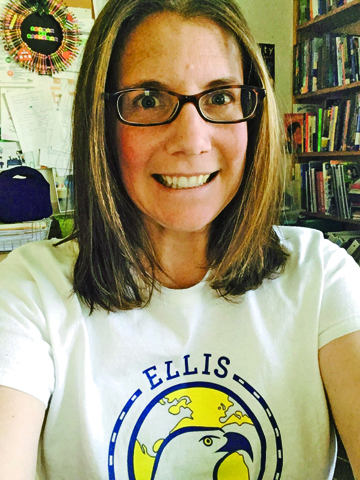 value. For though the school is located in Virginia Village, families don’t have to send their kids there.
value. For though the school is located in Virginia Village, families don’t have to send their kids there.
Choosing Ellis
“Within DPS, parents have this thing called choice,” Webb explains. “They can choose any school within the system. Many parents choose schools that have more white faces.”
There are common misconceptions, Webb says. “People say, ‘Don’t you feel funny being the minority?’ But we’re not; there’s like 20 percent of everything represented. The majority/minority paradigm doesn’t have a chance to get started! And, ‘Isn’t your child held back because all the attention goes to the kids who don’t speak English?’ But the truth is, there’s no additional time given to kids learning English. They get that in language development classes.
“Our belief in our choice is reinforced by all the terrific ben efits we see Olivia getting.”
efits we see Olivia getting.”
Right now, Ellis Elementary is supported by dedicated staff, a recently revived PTO and a population that draws equally from a stable neighborhood and a changing world. The school faces challenges. Gentrification may close affordable housing in the area. Low test scores might dissuade potential parents.
“But we love the school and we’re up to it,” Webb says. “I see strollers on the streets here, so many kids who’ll be school age soon. I want to educate them! I want to tell them just how great their neighborhood school is.”

by Mark Smiley | Apr 6, 2017 | Travel
By Mark Smiley
Disney on Ice present s Dream Big opens at the Denver Coliseum Thursday April 6th and runs until Sunday, April 9th. This particular show features nine different stories, all of which have Disney princesses. Tinkerbell will take audiences on a journey from the classics like Cinderella and Snow White to the story of Tangled and Frozen. Frozen, now four years old, was added to the show three years ago and is an immense hit with audiences. New movies such as Moana are being considered to be added.
s Dream Big opens at the Denver Coliseum Thursday April 6th and runs until Sunday, April 9th. This particular show features nine different stories, all of which have Disney princesses. Tinkerbell will take audiences on a journey from the classics like Cinderella and Snow White to the story of Tangled and Frozen. Frozen, now four years old, was added to the show three years ago and is an immense hit with audiences. New movies such as Moana are being considered to be added.
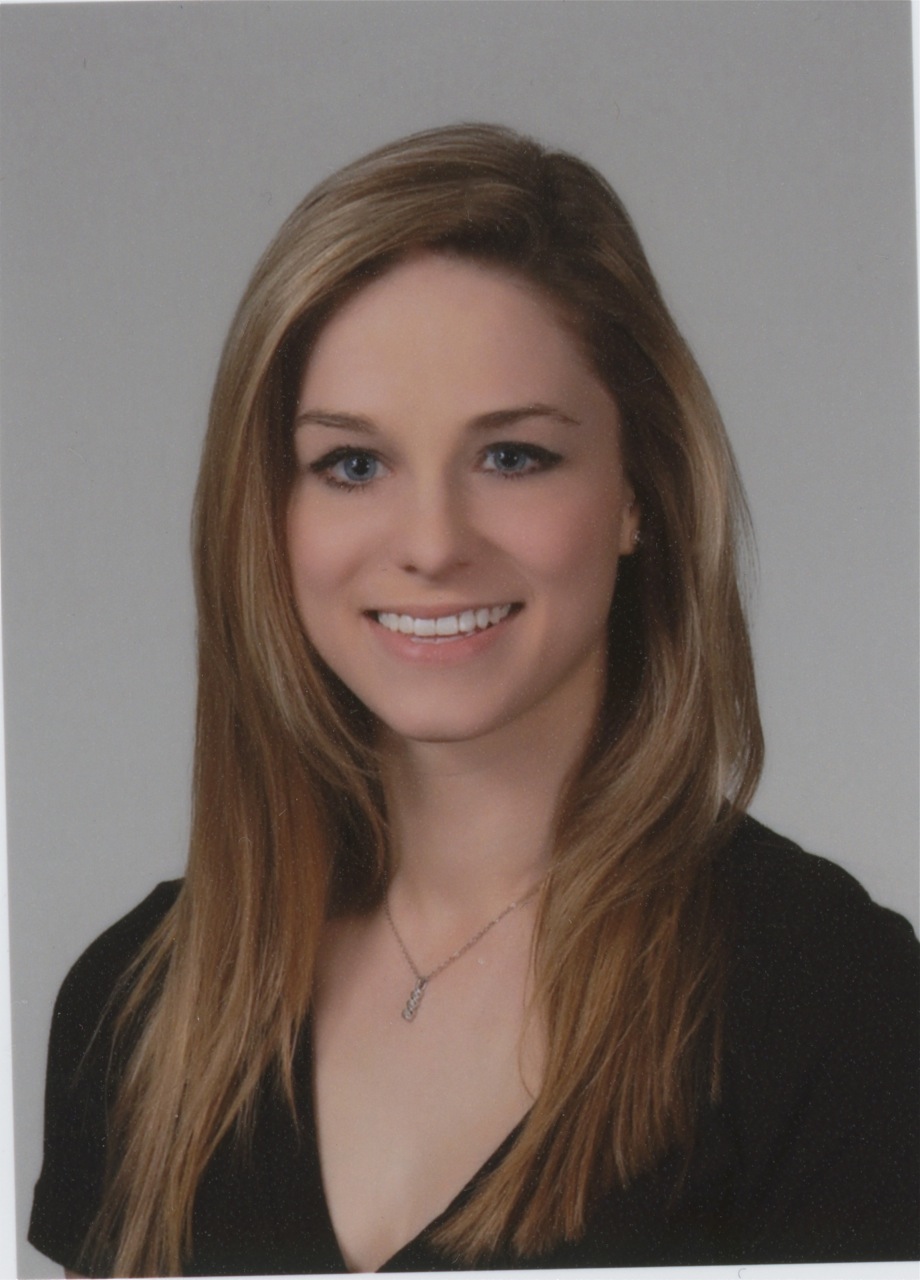
Erika Craven, Disney ensemble performer in Disney On Ice presents Dream Big
The Chronicle caught up with one of the performers, Colorado native, Erika Craven. Craven, 25, is an ensemble performer and is in just about every number in the show. She started skating at the age of 4 and after graduating from college in 2014 from Hamilton College in Clinton, New York , she was not ready to hang up her skates. She has been with Disney for three years and is in the last year of her contract. Law school is next for Craven but in the meantime, she maintains a grueling schedule of nine shows per city.
It’s imperative with this kind of schedule, that the performers maintain a certain level of diet and exercise. To handle the rigor of the daily routine, the skaters need to be in top physical form. Craven does yoga four times per week and gets a workout in six to seven times. “I sometimes have to get creative with my work outs so I usually run/dance for cardio and do a mixture of workout videos and at-home workouts when the gyms don’t have very much equipment,” said Craven.
After the shows in Denver, the tour heads to Phoenix, Arizona. “I love performing, it’s always rewarding to see the audience reaction and I love seeing the kids and adults dancing along,” said Craven. I also love the travel and the athleticism that comes with this job. It’s the complete package for me.”

Snow White will be featured in this show
“This is such a great show and it’s been fun to play Colorado and I’m excited to play Denver,” said Craven. “I hope everyone can come out and enjoy it with me.” Tickets start at $15 and are still available by clicking Disney On Ice Tickets or by calling (800) 745-3000.
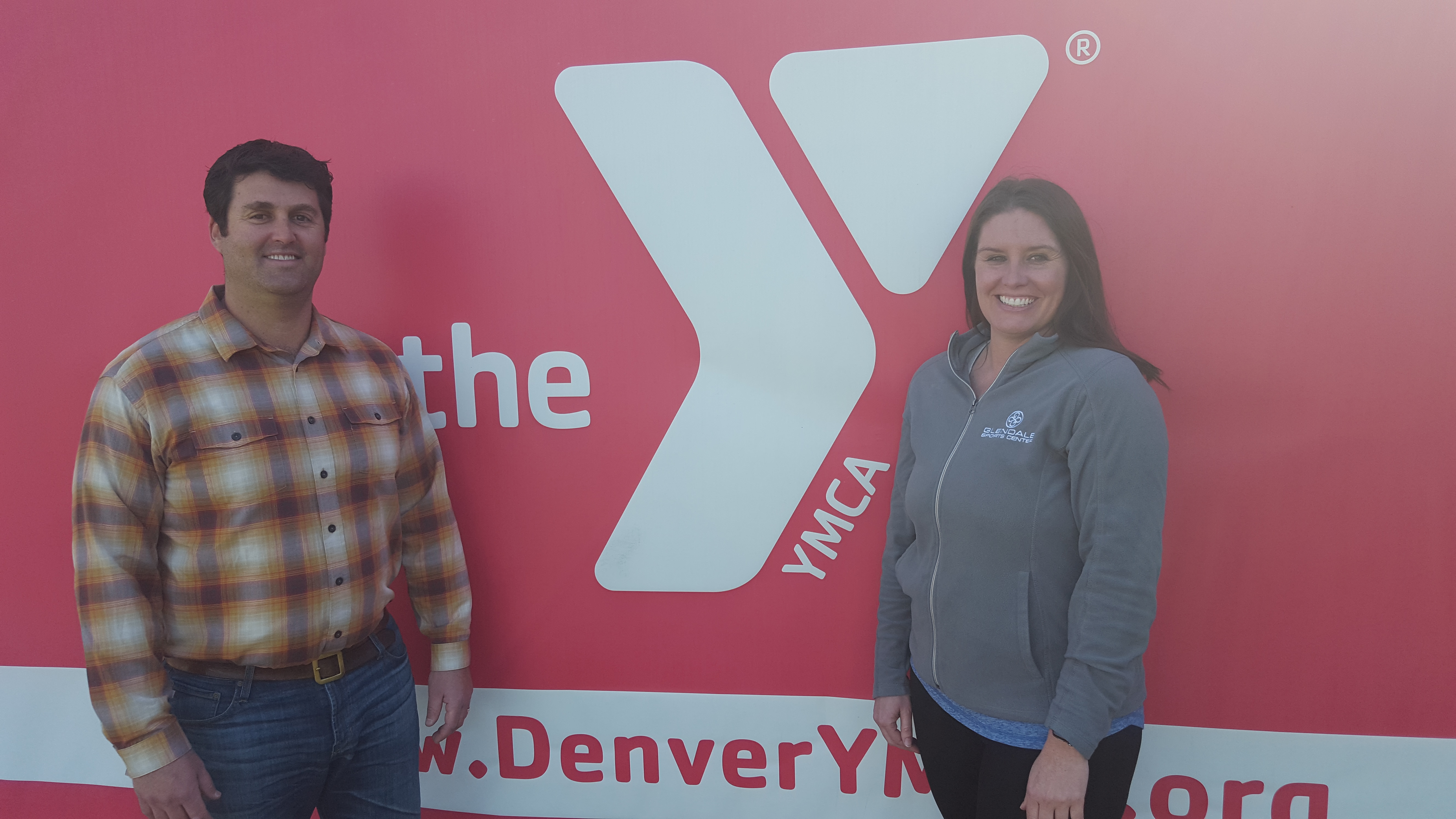
by Mark Smiley | Mar 24, 2017 | General Featured
by Mark Smiley
Every year, the Glendale Sports Center managed by the YMCA raises money to help more families and individuals access the Y’s programs and activities for youth development, healthy living, and social responsibility. The Annual Campaign can make a real difference in the lives of people throughout Glendale.
A major contributor to this campaign since arriving in Glendale a few years back is Urban Phenix. Urban Phenix is the management company representing three complexes in Glendale and three in Denver. With headquarters in Glendale, Urban Phenix understands the importance of supporting the community.
“We value our partnership with the Glendale YMCA,” said Nick Lazzara, President of Urban Phenix. “The fact that they o ffer an $8 per month membership for Glendale residents is a huge selling point for us.”
ffer an $8 per month membership for Glendale residents is a huge selling point for us.”
When the City of Glendale built the Glendale Sports Center, it retained the YMCA to manage the facility. In the past, some residents had little to no idea they lived within the boundaries of Glendale, as Glendale and Denver boundaries can be in some areas, highly irregular. When this plan was instituted many more people who thought they lived in Glendale, realized they live in Denver. The local zip code, 80246, is the same which adds to the confusion.
“We have people that come in all the time and swear that they live in Glendale to take advantage of the discount,” said Lynn Taylor, Mem bership Director. “We have seen it all when it comes to people claiming they live in Glendale.” The Sports Center also offers a $40 per month membership for those who work in Glendale. An adult Denver resident pays $50 per month.
bership Director. “We have seen it all when it comes to people claiming they live in Glendale.” The Sports Center also offers a $40 per month membership for those who work in Glendale. An adult Denver resident pays $50 per month.
Urban Phenix’s philanthropic efforts don’t begin and end with the Glendale Sports Center. They also have a Give Back program whereby any resident that lives in one of the complexes they manage and has a cause they support, Urban Phenix will help sponsor an event if the resident gets 10 people to participate. “It’s our way of encouraging philanthropic efforts amongst our residents,” said Lazzara.
Another cause Urban Phenix supports is Colorado UpLift. Colorado UpLift was founded in 1982 by Dr. Kent Hutcheson as a summer jobs program for urban, at-risk youth. Dr. Hutcheson’s passion was to help urban young people find hope in hopeless circumstances.
Colorado UpLift establishes a “pipeline of influence” model, in which UpLift staff members provide consistent instruction for students from elementary school through college age and have a better chance to emerge as successful, productive young adults. Since their inception, they have served approximately 30,000 urban youth in the Denver Metro area, and will impact more than 5,600 students in 2017. “98 percent of the seniors graduate that went through this program,” said Lazzara.
Colorado UpLift has an event scheduled May 4, 2017, from 5:30 to 9 p.m. at the Infinity Park Event Center in Glendale. The 2017 event titled Urban Masterpieces will feature an evening with food, music by Hazel Miller, and stories of lives changed by a positive influence.
The Glendale Sports Center hopes to expand its partnership with Urban Phenix as the company establishes more of a presence in the greater Glendale community. Partnerships such as these are vital to the YMCA and the programs it offers year-round.
For more information about Urban Phenix, visit www.urbanphenix.com, for more information about the Glendale Sports Center, visit www.denverymca.org/glendale, and for Colorado UpLift, visit www.coloradouplift.org.
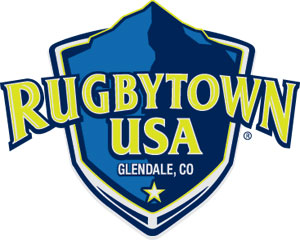
by Mark Smiley | Mar 24, 2017 | Glendale City News
by Kurt Woock
Writer for and on behalf of the City of Glendale

GLENDALE, CO – MAY 18: Rugby Skills Clinic at Infinity Park in Glendale, Colorado on May 18, 2016. (Photo by Seth McConnell)
The Glendale Raptors has emphasized youth programs since its founding. Programs offered through the Glendale Raptors Rugby Academy are a good way to bring the sport to a new audience as young players learn rugby skills and rules through games, drills, and scrimmages. Youth programs are also a way to foster health, independence, and confidence. Trained coaches create a positive environment where children can learn to play safely while they learn to love one of the fastest growing sports in the United States.
Last year, the Glendale Raptors Rugby Academy tried something new. They developed and ran a one-day clinic during which young athletes spent an entire day honing a particular skill — tackling. The tackling clinic allowed young athletes to dive in deep, working with Raptors players and coaches, to learn how to tackle safely and more effectively. The clinic was popular not only with rugby players, but also with youth who play football. Rugby tackling skills have been embraced by the Seattle Seahawks, among other types of athletes, including kick boxers, soccer players, and cross country runners. Responding to the demand for more programming like that, the Academy has developed a lineup of specialty clinics, six in total, to offer this spring.
This year’s clinics began on March 8 and run through May 25. Every other Wednesday evening, a different skill is taught. The particular skills that will be taught include: tackling; catching, passing, and decision making; running support lines and assessing options during gameplay; kicking; effective backline play; and forward play, scrums, and line-outs. Jenna Anderson has worked with youth programming at Infinity Park since 2008 and is currently program director. She said the programs are designed for all skill levels. The amount of individual skill building exercises and small group drills allows a range of skill levels to train at once. In fact, one of the clinic’s biggest selling points is the high level of coaching that young athletes receive on an individual basis. David Williams coaches the Raptors men’s elite team, and he’ll be there. So, too, will be Mark Bullock, the Raptors’ longtime director of rugby and a pillar of rugby in the U.S. Multiple Raptors players, who must gain certification to coach, will also be on hand.
For rugby players, these clinics are a no-brainer. Any sport requires repetition to gain proficiency. Training under the direction of some of the top rugby coaches in the country is a proposition few other youth sports can offer. That immediate, high-level personal feedback allows young athletes to quickly raise their games. Ideally, a young athlete would attend all six of the clinics at Infinity Park. Even if a skill is outside of a young rugby player’s traditional position, broadening one’s complete skill set is important, especially at a young age. As Anderson points out, it is “good to have more tools in your toolbox.”
Attending these clinics is also a boon to athletes in other sports. Anderson said that middle school and junior high are key times to introduce students to the value of developing skills in multiple sports. She said there is a trend of students who attempt to “specialize” in a sport sooner than they should. At a young age, becoming a well-rounded athlete will pay higher dividends in the long run than specializing early, a fact that applies to any sport, not just rugby. Although it might seem logical to assume that a student who devotes 20 hours a week to a particular sport will have a leg up over another student who devotes 10 hours to two different sports, the opposite is actually more likely: Avoiding specializing too early actually increases the likelihood for success in the sport a student might eventually end up specializing in.
Students who develop skills in more than one sport don’t separate the things they learn in each into silos. Instead, the mental and physical skills they pick up in one sport can be applied to all the others. Think of it as cross-pollinating. A football player might become a stronger tackler after learning about tackling in the rugby tradition. A basketball player’s sense of court awareness could develop more deeply after learning how rugby players attack and defend. The possibilities are endless. Anderson said that football players might have obvious interest in the clinics, particularly the tackling and kicking clinics, but she has seen plenty of athletes whose primary sport doesn’t have a clear connection to rugby but who nevertheless attend, broaden their larger sense of athleticism, and have fun while doing it.
Clinics cost $20 per session and each clinic takes place from 5 to 6:30 p.m. on Wednesday nights at Infinity Park. Anderson said the clinics are a great lead-in for the Try League Rugby, also offered by the Glendale Raptors Rugby Academy. In this league, players can apply skills they developed at the clinics while playing 7-a-side, or Olympic-style, rugby. Players 5 years and older can sign up for Try League, which begins at the end of April.

by Mark Smiley | Mar 24, 2017 | Editorials
Click Here for the Guest Editorial Page
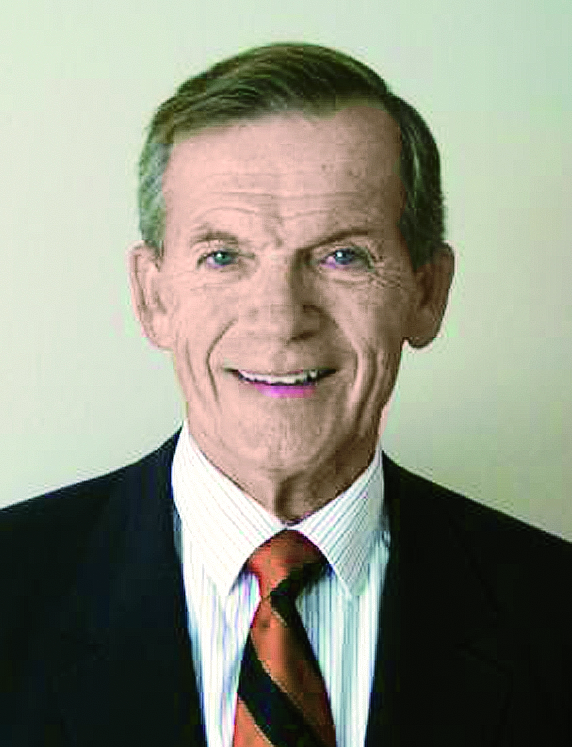
Dr. Jack Van Ens
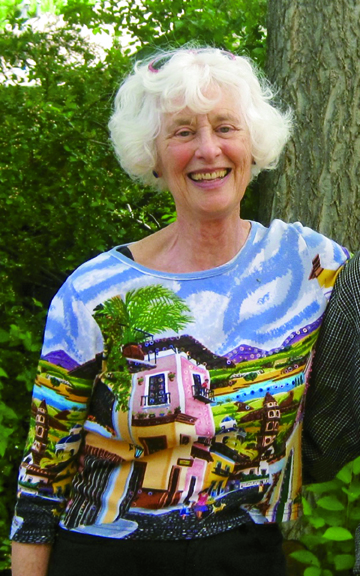
Kathleen Hynes

















